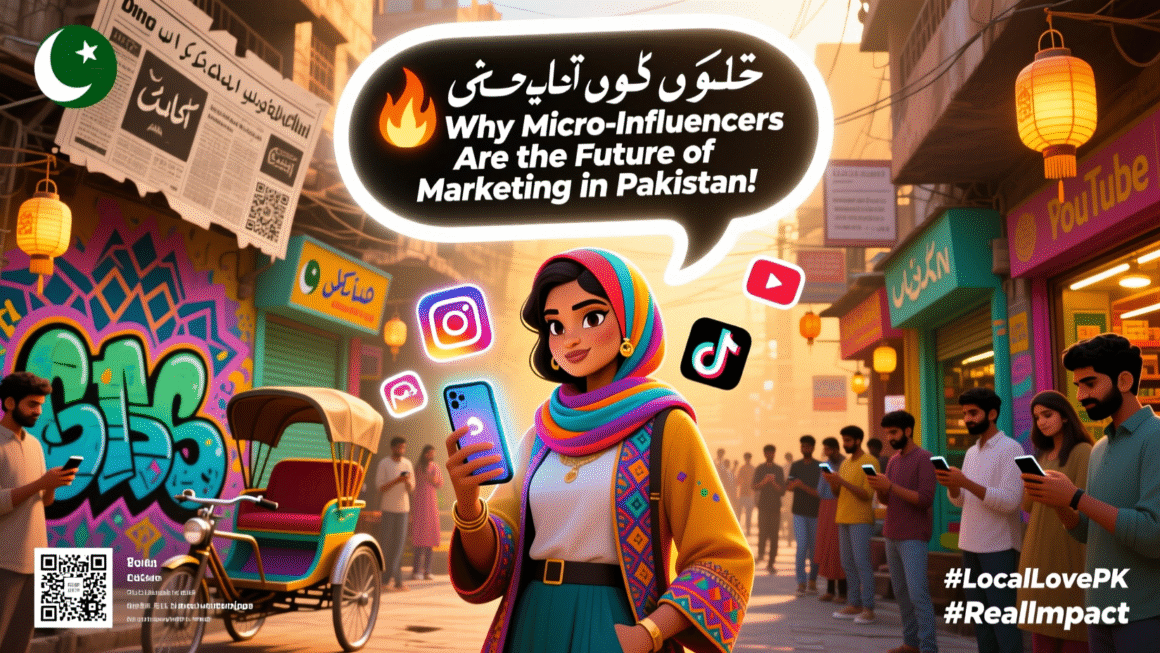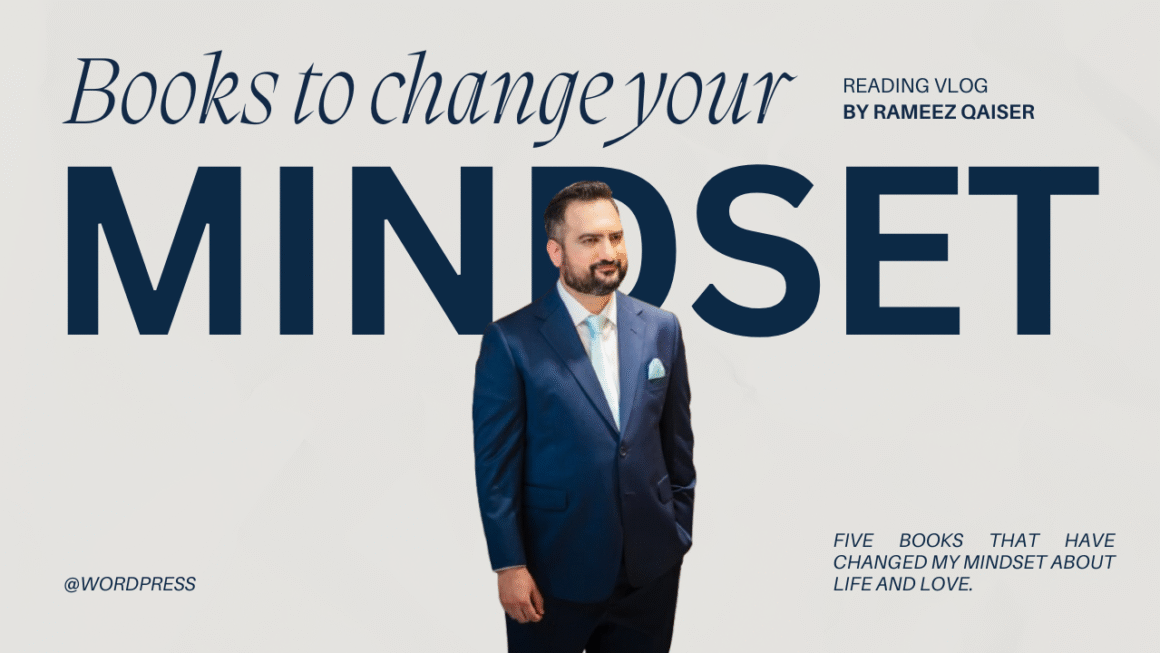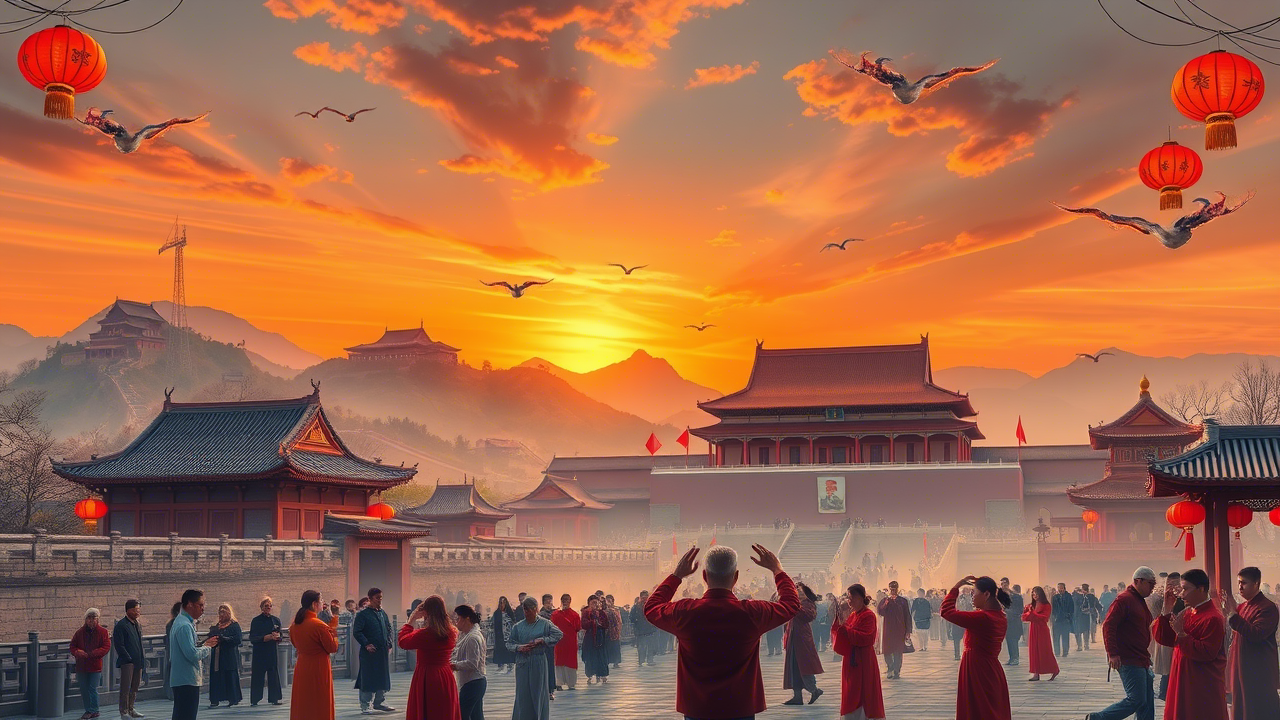To truly grasp Agentic AI, you need to understand its place in the broader AI ecosystem. The image illustrates a clear progression—from foundational techniques to intelligent agents capable of full autonomy.
🔥 Social Media: The Real Forces Draining Your Creative Soul
You were never meant to burn out. You were meant to light the way.
Synergizing Quantum Computing and Artificial Intelligence for Accelerated Discovery in Materials Science
We conclude that while fault-tolerant quantum computers remain on the horizon, near-term applications via hybrid frameworks offer a viable and high-impact trajectory for accelerating materials discovery, design, and characterization.
Top Udemy Courses in Pakistan 2025 – Learn Online & Boost Your Career! PAKISTAN
Feeling invisible despite working hard?
How Micro-Influencers Like Me Are Dominating Digital Marketing in Pakistan 🇵🇰 (And How Brands Can Win Big!)
If you’re a brand looking to maximize ROI, or a creator wanting to scale authentically, this guide is for you! 💡
NoteMaster – Take Notes & Stay Focused with Pomodoro | Smart Notes App
Combine powerful note-taking with productivity-boosting focus sessions in one all-in-one app: NoteMaster.
ZIPFILIC – ON ETSY
Welcome to the official launch of ZIPFILIC — your brand-new go-to destination for premium WordPress themes, digital tools, and creative resources that help you build beautiful websites, faster and easier than ever before!
VoicePal – A ghost Writer in your Pocket
Are you tired of staring at a blank page, trying to turn your brilliant ideas into written content? What if there was a tool that could take your spoken thoughts and instantly transform them into polished, engaging posts, articles, or even social media threads?
China – A glimpse in Pakistan
The authenticity they bring into every conversation, the professionalism they carry with grace, and the sincerity in their actions leave an indelible mark on anyone who interacts with them.
Pakistan and China Must Denuclearize India A.S.A.P
A Foolproof Plan to Denuclearize India: Theoretical Frameworks and Geopolitical Realities










